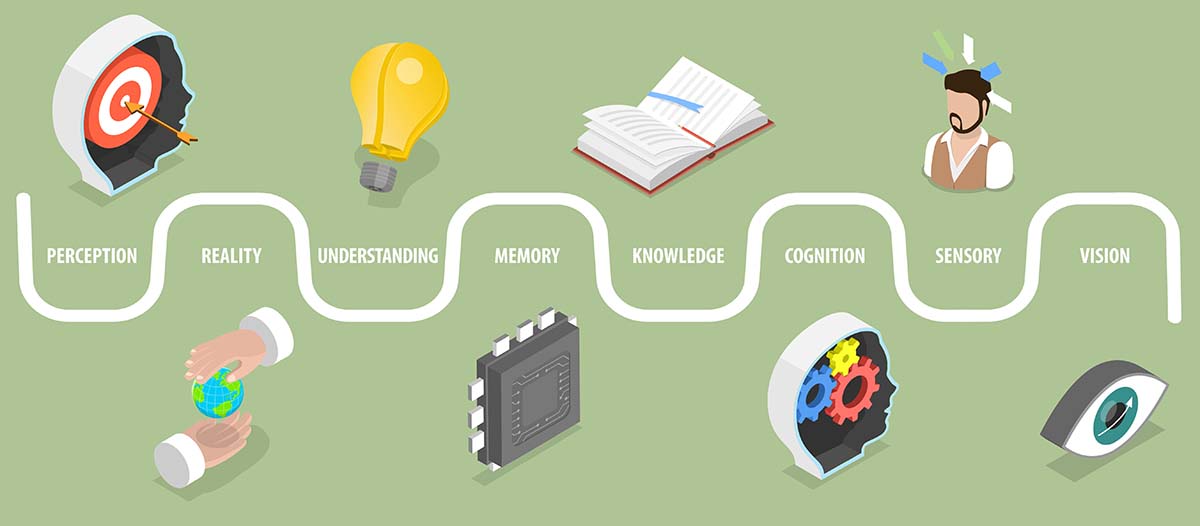How do you actually DO systems thinking? I have an answer!
And the answer is forty-two because, as most people know, the answer to life, the universe, and everything is forty-two. And since Deep Thought points out that the answer seems meaningless because the beings who instructed it never knew what the question was, this must be the answer. Because what does the question, how do you actually do systems thinking actually mean?
One of the issues with systems thinking is that the experts can’t agree what it is. If you ask a systems thinker for an elevator pitch for systems thinking they will either try and avoid answering the question or will give you an answer that differs from other systems thinkers. And this is only to be expected as there is no clear definition of what constitutes systems or agreements of what methodologies are the foundation systems thinking.
In an earlier blog post, “Can Your Hear Music” I raise the concept of systems thinking comprising of fundamentals, methodologies and tools with fundamentals being defined as
the basic building blocks that constitute the basic elements of Systems Thinking and which can be found within each methodology. On this basis I would suggest that in order to “do” systems thinking an individual needs to embrace and utilise the fundamentals.
Now before I explore what the fundamentals could consist of, I want to introduce an analogy and also highlight the difference between doing systems thinking and being a systems thinker. And the analogy is this; it is advantageous to people to learn the life skill of swimming however being able to swim does not make someone a swimmer. Essentially, it’s the difference between someone being able to swim from one side of a swimming pool or to swim to the shore if they fall out of a rowing boat compared to someone that swims competitively or professionally. It’s the variance between knowing the fundamentals of being able to stay afloat and propel yourself though the waters using your interpretation of a swimming stroke and being able to execute the “crawl” to maximise speed and minimise energy use.
In essence it is possible for an individual to “do” systems thinking but not be a systems thinker; after all being able to add 2+2 does not make you a mathematician. I would suggest that in order to define yourself as systems thinking an individual needs to know multiple systems thinking methodologies alongside utilising systems thinking fundamentals. methodologies is key in my opinion, as being an expert in a specific methodology does not make someone a systems thinker, it just makes you an expert in that specific methodology.
So, to return to the answer of forty-two. If using the fundamentals is the way to do systems thinking, then we need to agree what the fundamentals are, which is where we hit a snag. Even a cursory glance at systems thinking labelled literature it is apparent that there is variation in what is considered the key. In his book, The Grammar of Systems, Hoverstadt (2022) puts forward what he considers to be the nine fundamentals, whereas in contrast, Stave and Hopper (2007) put forward seven fundamentals (which they refer to as characteristics) based on their examination of the literature, whilst Arnold and Wade (2015) also produced a comparison of the key definitions based on their interpretation of systems thinking literature and they suggest there are 10 fundamentals
| Hoverstadt | Stave and Hopper | Arnold and Wade |
| Emergence Holism Modelling Boundaries Difference Relating Dynamics and loops Complexity Uncertainty | Recognizing interconnections Identifying feedback Understanding dynamic behaviour Differentiating types of flows and variables Using conceptual models Creating simulation models Test policies | Wholes rather than parts Dynamic behaviour System as a cause of its behaviour Interconnections and interrelationships Stock and flow relationships Acknowledging that systems are important Delays Non-linear relationships Feedback loops System structure generate behaviour |
In the three examples analyses above it is clear that there are areas of agreement but also that there are also differences as well as omissions. For instance, an often overlooked fundamental, and one that is notably missing in the definitions above, is perspective. Within a number of systems thinking approaches it is often considered important to incorporate the perspective of different stakeholders because “a systems approach begins when first you see the world through the eyes of another” (Churchman, 1998) and this view is endorsed by Chapman (2004) who notes, “the core aspects of Systems Thinking are gaining a bigger picture (going up a level of abstraction) and appreciating other peoples perspectives”. Whilst it is clear is that there is no single way to define systems thinking, however what is apparent is that there are a varying number of elements, and that the definition of what systems thinking is down to an individual’s perspective.
However, I wouldn’t want to mislead people that the authors of the three examples haven’t considered perspective. A quick search of The Grammar of Systems reveals that Hoverstadt uses the word perspectives 18 times throughout the book (Kindle edition), however perspective is not mentioned explicitly as one of the fundamentals. It’s also worth mentioning that perspectives can be shared as well as different, so should be considered within that context.
So, for now, the answer to how do you actually do systems thinking remains forty-two just as the definition of what a system thinker actually is remain elusive. But not because people aren’t doing systems thinking or are not systems thinkers, it’s just using the perspective of just one individual might not tick the box of another. But if you use what you consider to be the fundamentals of systems thinking then you are doing systems thinking, by your definition.
Next week I might try to solve an easier question, such as what is love .
